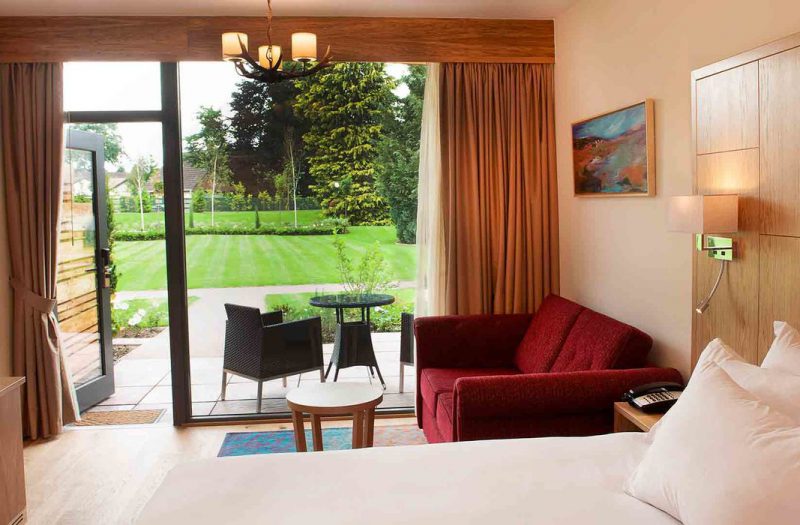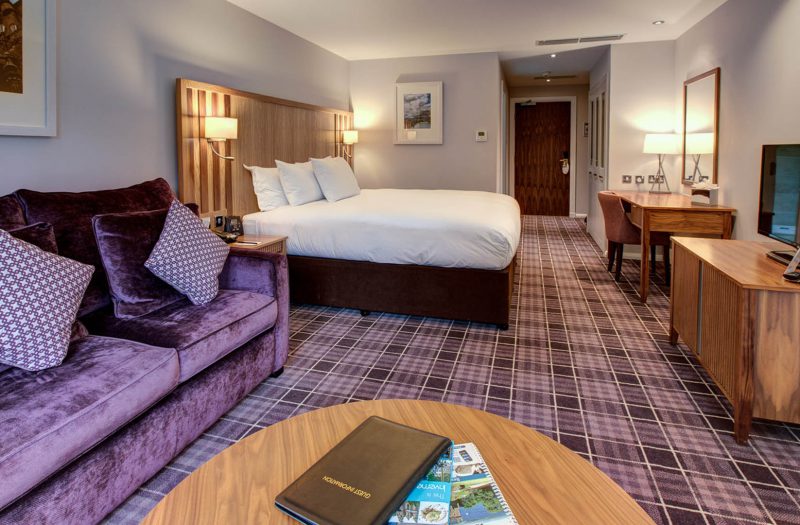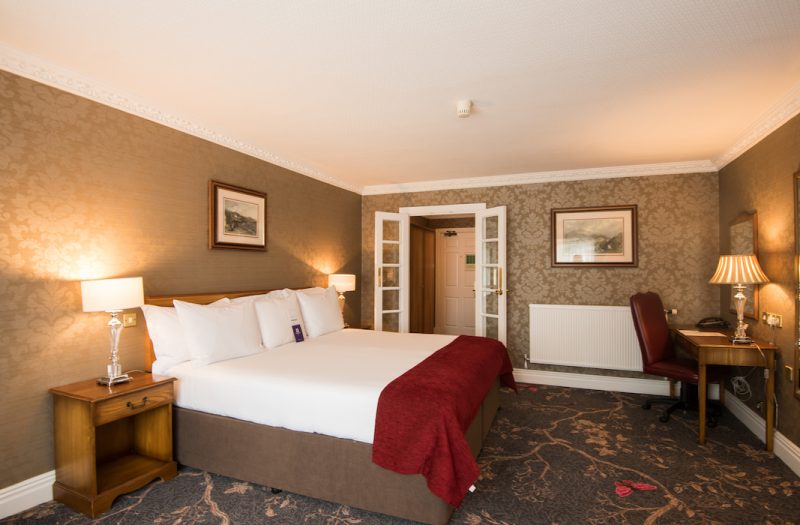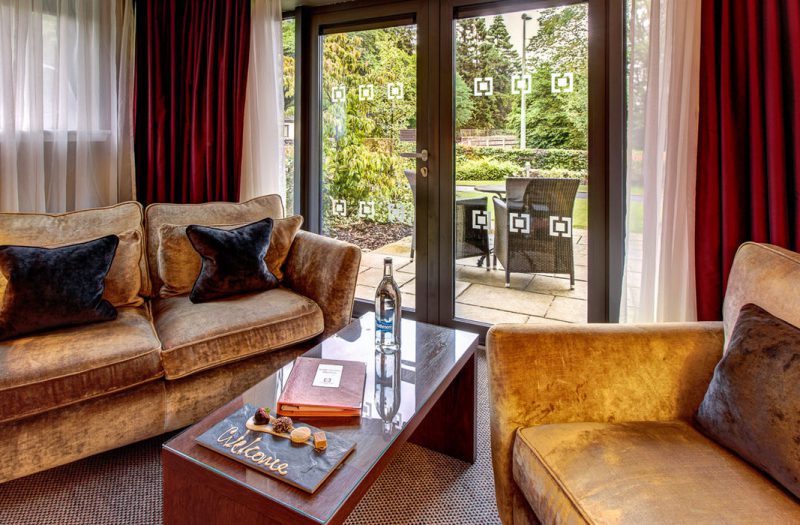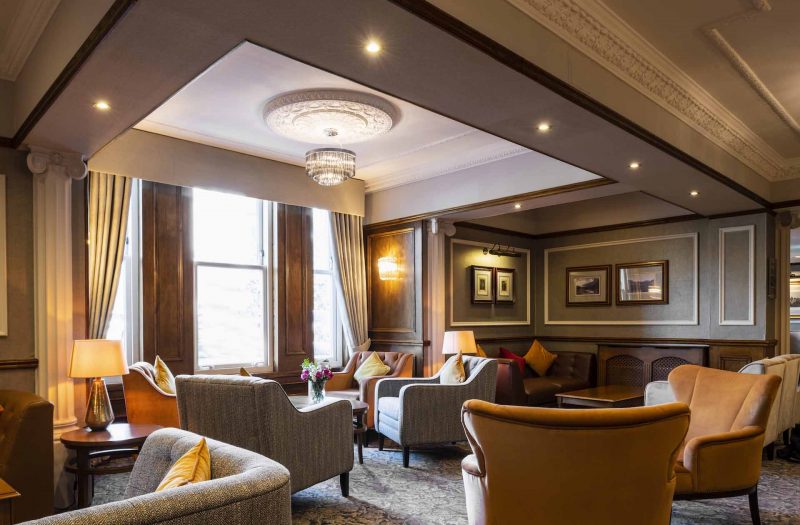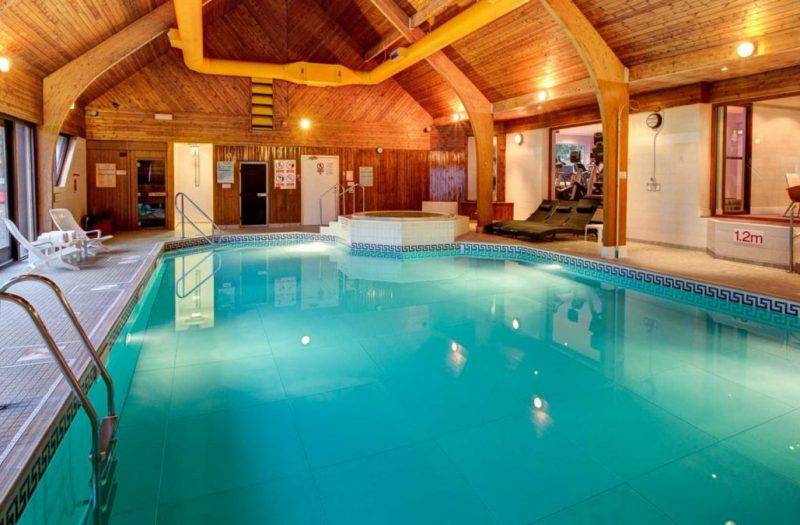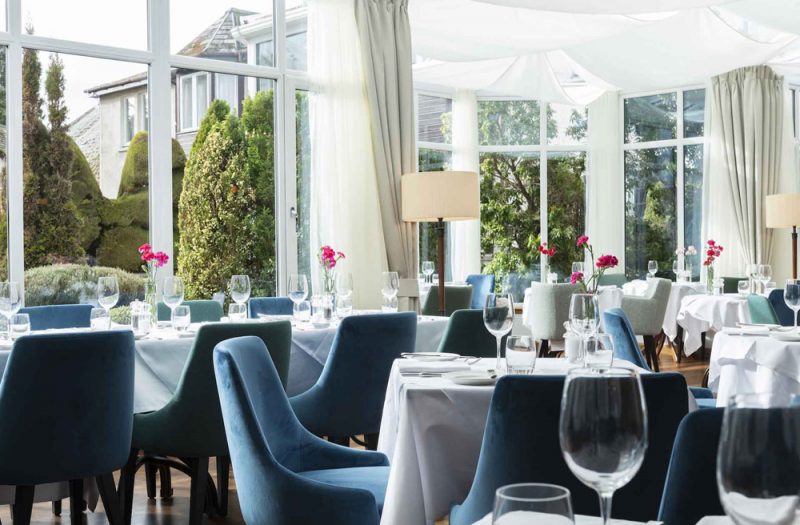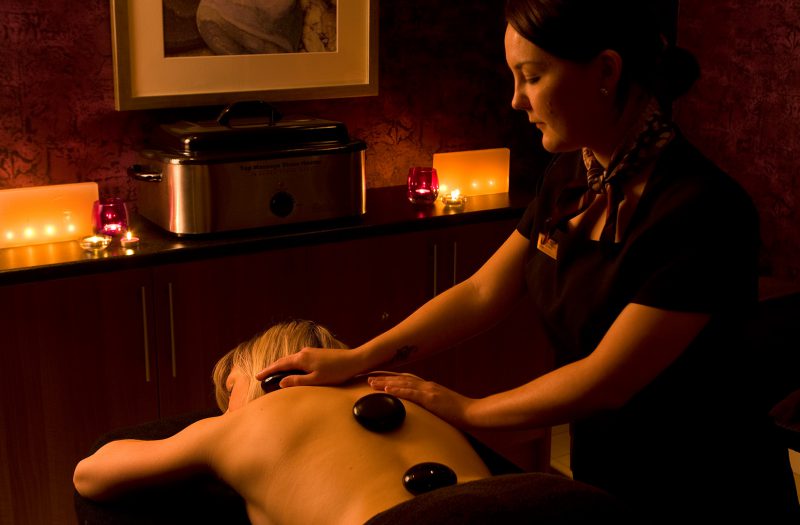Exploring the history of Inverness
The history of Inverness
Inverness is the only city in the Scottish Highlands. It’s a great base for exploring this magnificent region. Close to the rugged landscapes the Highlands is most famous for, yet with all the amenities and attractions of a bustling town. In this post, we’re taking a look at the long history of Inverness, from the earliest settlements to the modern day. We’ll also recommend some fascinating historic sites for you to visit during your stay with us at the Kingsmills Hotel.
Prehistory
There have been settlers in the Inverness region from at least 6500 BCE. One of the earliest well-preserved historic sites you can visit in the area is the 4000-year-old Clava Cairns, a Bronze Age burial ground with ancient tombs and stone circles. Another fascinating burial cairn from around the same time is Corrimony Chambered Cairn. Unusually, much of the passage roof survives at this site.
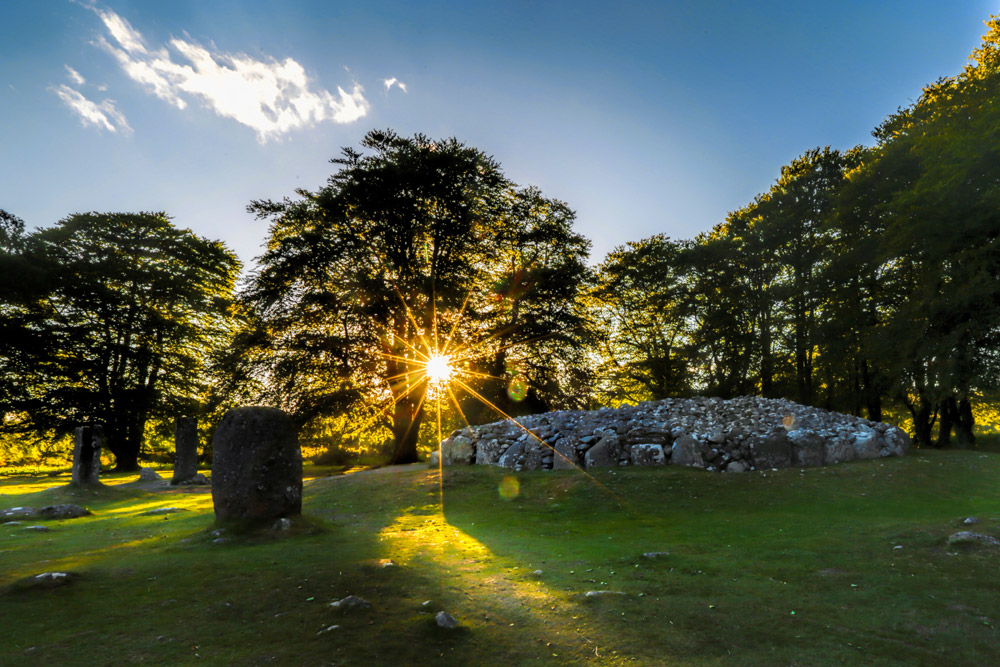
The Romans
Large parts of Britain were occupied by the Roman Empire from 43 to 410 AD, but most of Scotland remained separate and was known as Caledonia. However, Inverness was still heavily influenced by the Romans and you can see Roman objects in Inverness Museum and Art Gallery which show the significance the empire had on this area.
The Picts
The Picts were a group that lived in the area from around 300 to 900 AD. Many of their carvings and sculptures survive and provide an insight into their lives and beliefs. The Pictish Trail, which starts in Inverness, will take you on a journey across the east coast of Scotland, taking in some of these impressive carved stones and historic sites.
Royal charter
In the 12th century, Inverness became a Royal Burgh. King David I granted the city this new status, giving it greater powers in the Scottish parliament. Inverness flourished during this time, developing its shipbuilding industry and exporting wool, fur, and hides. King David also built the first stone castle in the city, replacing older wooden versions. However, Inverness Castle has been destroyed and rebuilt many times over the centuries. The castle that stands today dates from 1836 and is currently undergoing refurbishment works, due to reopen as a visitor attraction in 2025.
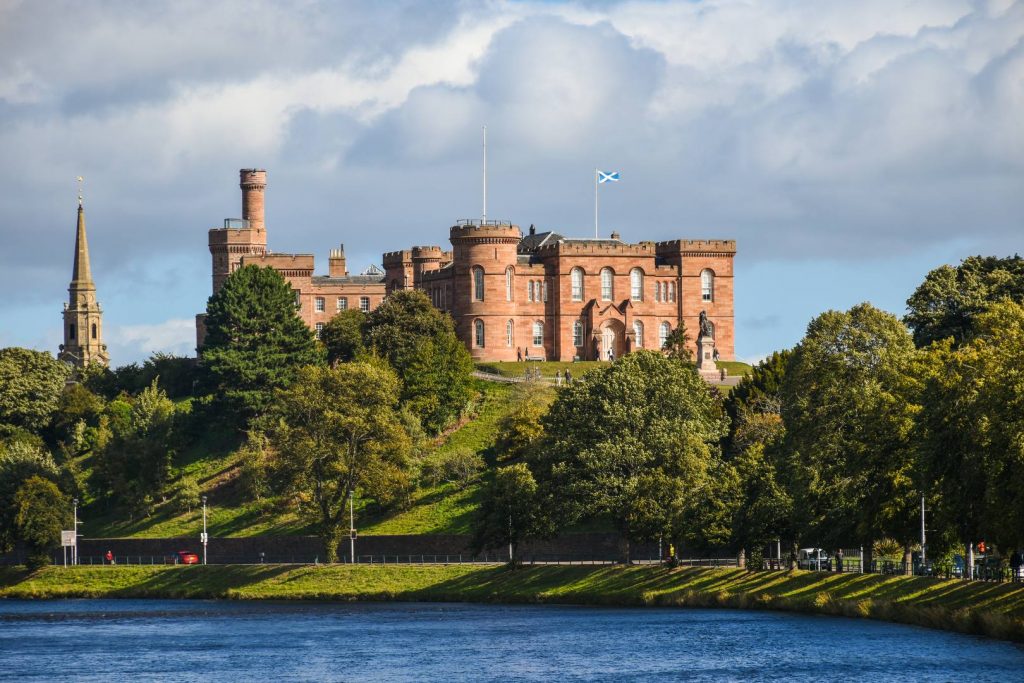
Whisky
The history of whisky distillation in Scotland goes back many hundreds of years, with the earliest written mention appearing in 1494. The name whisky comes from the Gaelic “uisge beatha”, which means “water of life”. Inverness is in the Highland whisky region, and over the centuries many distilleries have been and gone. Historic distilleries still running today include Tomatin (established in 1897), Glen Ord (1838) and Glenmorangie (1843). You can visit these distilleries to learn more about their history and whisky-making techniques and sample a few drams.
The Jacobites
The kingdoms of Scotland and neighbouring England spent centuries at war with one another. However, in 1707, the sovereign states joined together to create the union of Great Britain. The Jacobites were a group of Scots who fiercely opposed this union. They wanted to restore the throne to the Stuarts, descended from James VII of Scotland and II of England, who was deposed in 1688. They led a series of risings against the British, which culminated in the Battle of Culloden near Inverness in 1746. In this bloody battle, the British defeated the Jacobites. Up to 2000 men were killed, mostly from the Jacobite army. Today you can visit Culloden Battlefield where this tragic event took place and learn more about its history. You can also explore Fort George, a huge fort built to defend the British army from any further attacks.
World Wars
World War I (1914-18) and World War II (1939-45) were huge events that shaped the lives of people in Scotland for many years. You can delve into the history of the world wars in the Scottish Highlands at the Highlander’s Museum, a military museum which covers history from after the Battle of Culloden to the present day. Inverness War Memorial stands in Cavell Gardens, commemorating those who lost their lives in the two world wars and other conflicts.
Loch Ness Monster
Stories of water beasts and kelpies have been told in Scotland for centuries, including the tale of a mysterious creature that lurks in the depths of Loch Ness. But in the 1930s the legend of the Loch Ness Monster grew, and people flocked here to catch a glimpse of the mythical beast. The Loch Ness Centre and Exhibition (currently closed for refurbishment) tells the story of Loch Ness and its world-famous monster. Urquhart Castle has a rich and interesting history, and overlooks the beautiful loch. And you can hop on board a cruise with Loch Ness by Jacobite or Cruise Loch Ness to learn more and keep an eye out for Nessie!
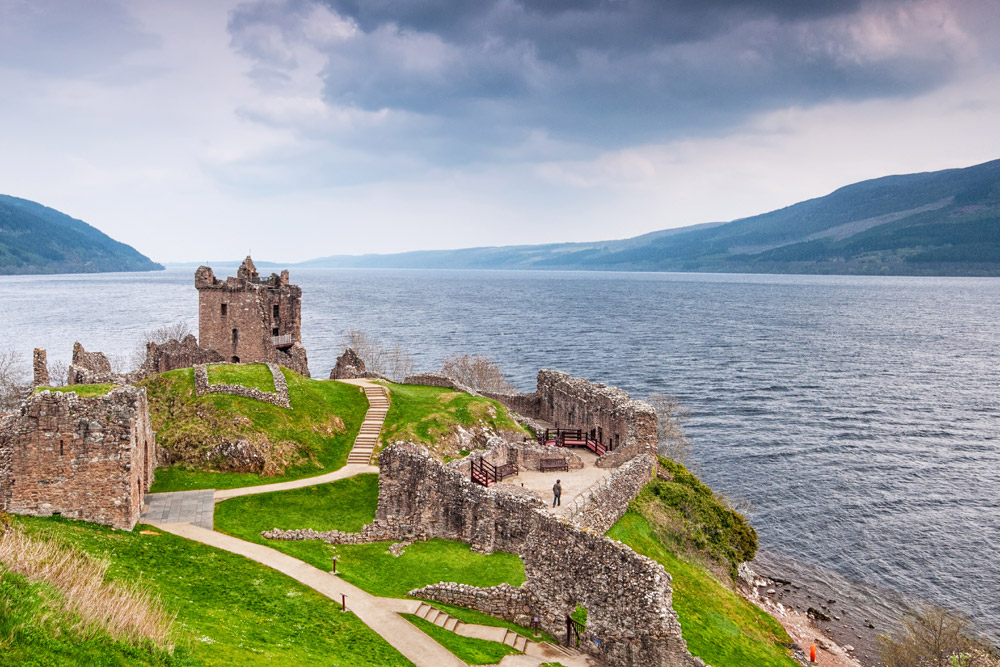
A holiday destination
Tourism became an important industry in and around Inverness from the 20th century onwards. Inverness’ mix of historic attractions, city amenities and proximity to the wild and beautiful Scottish Highlands, makes it the perfect tourist destination. Visit the many historic places we’ve already mentioned in this blog. Then enjoy some of the city’s newer attractions. Enjoy a show at Eden Court Theatre, a theatre, cinema and arts venue dating from 1976. Curl up with a good book at Leakey’s Bookshop, a characterful secondhand bookshop, founded in 1979. Take a stroll at the peaceful Inverness Botanic Gardens, which opened in 1993.
Come and stay with us at the Kingsmills Hotel and explore Inverness history first-hand. Our hotel dates back to the 18th century and we have many stories of our own to tell!

 Car Charging
Car Charging